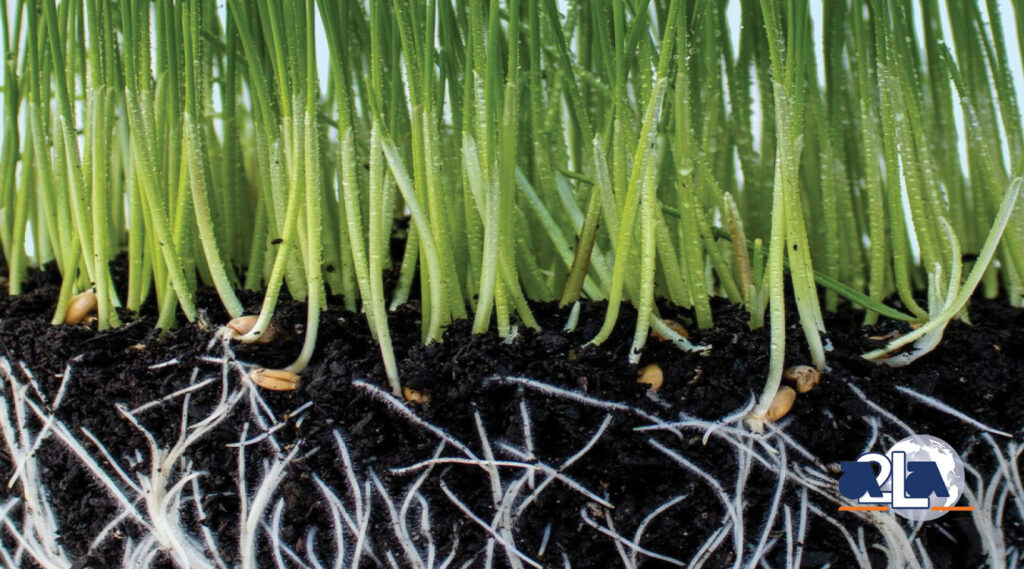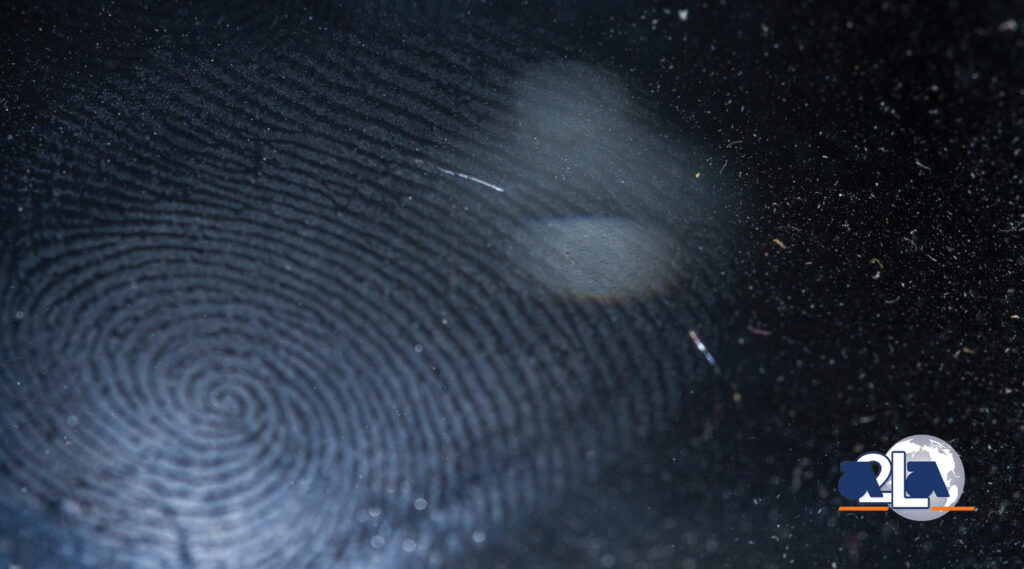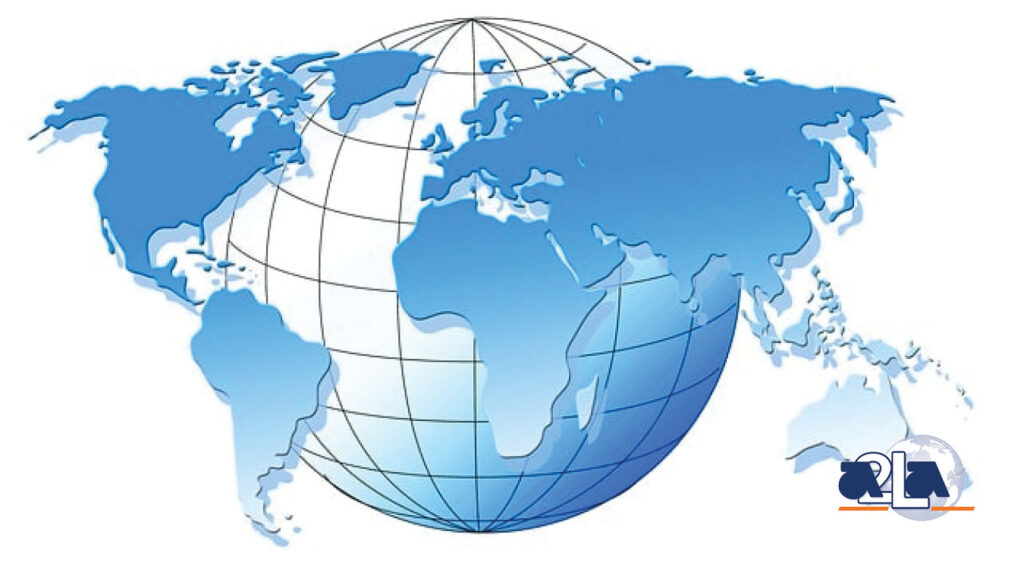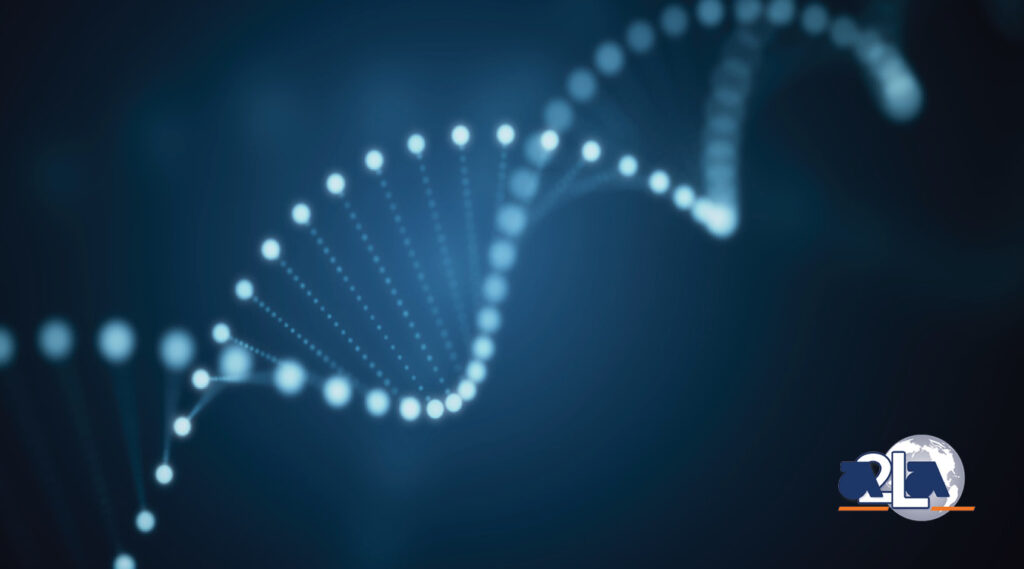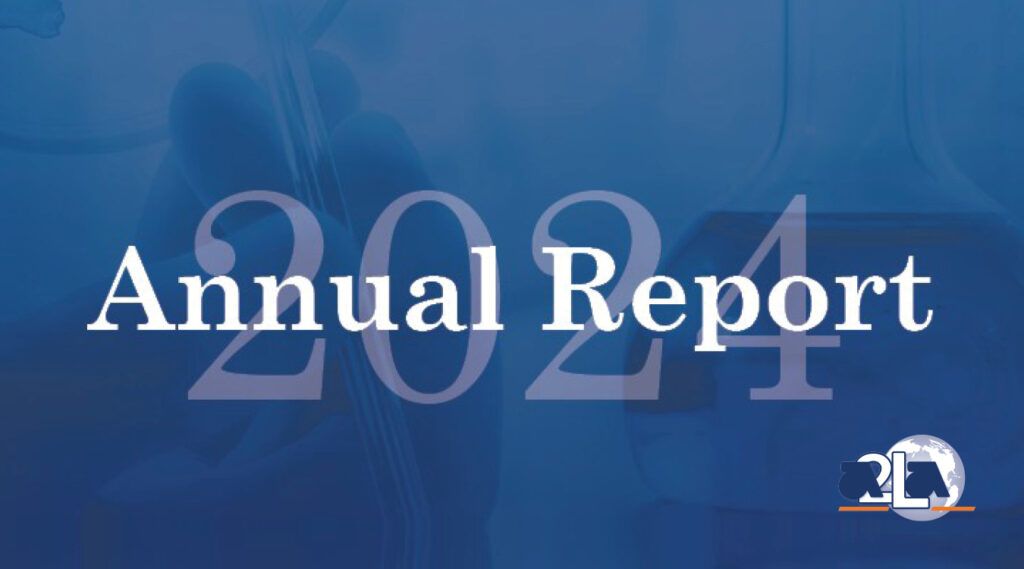Determining the root cause of a nonconformity is commonly referred to as root cause analysis (RCA). A root cause analysis is an important tool for continuous improvement and can be both the most challenging and the most essential part of the corrective action process. The purpose of a root
The Path to Accreditation in A2LA’s Forensic Examination Accreditation Program Made Easier with the Coverdell Grant
The Paul Coverdell National Forensic Science Improvement Act of 2000, which became public law (106-561), was established to improve the quality, efficiency, and integrity of forensic science services within the criminal justice system. To achieve this objective, the Paul Coverdell Forensic Science
World Accreditation Day 2025: Empowering SMEs
Accreditation is a formal recognition earned by a testing, calibration, or inspection organization that has proven to comply with globally accepted, international standards of quality and competence. Accreditation can sometimes be required by government or industry regulators for certain kinds of
Common NGS Pitfalls of CLIA Certification and ISO Accreditation
A new DNA sequencing technology is transforming the world of genetic testing. This advanced technology is called Next-Generation Sequencing or NGS, and allows scientists, analysts, and geneticists to process millions of fragments of DNA simultaneously, as opposed to one sequence at a time. NGS
10 Steps Toward Achieving ISO/IEC 17025 Accreditation
Achieving ISO/IEC 17025 accreditation is one of the best ways an organization can stand out among their competition. If you’re not already familiar, ISO/IEC 17025 is an internationally-recognized published standard that details the general requirements for the competence of testing and calibration
Standards within Standards: Meeting Relevant Requirements
When a standard refers to the requirements in another standard, how far should organizations and assessors go to meet the “relevant requirements”? The new ISO/IEC 17043 standard for proficiency testing (PT) providers was published May 2023; and while these updates mainly aligned the standard with
What is OSAC and How Does It Benefit Forensic Science?
As a response to the 2009 National Research Council (NRC) report, Strengthening Forensic Science in the United States: A Path Forward, the Organization of Scientific Area Committees for Forensic Science (OSAC) was established in 2014 in collaboration with the National Institute of Standards and
A2LA 2024 Annual Report
At the end of 2024, A2LA had 4,350 actively accredited certificates representing all 50 US states and over 50 foreign economies, and 300 contracted assessors. Download the 2024 A2LA Annual Report.

